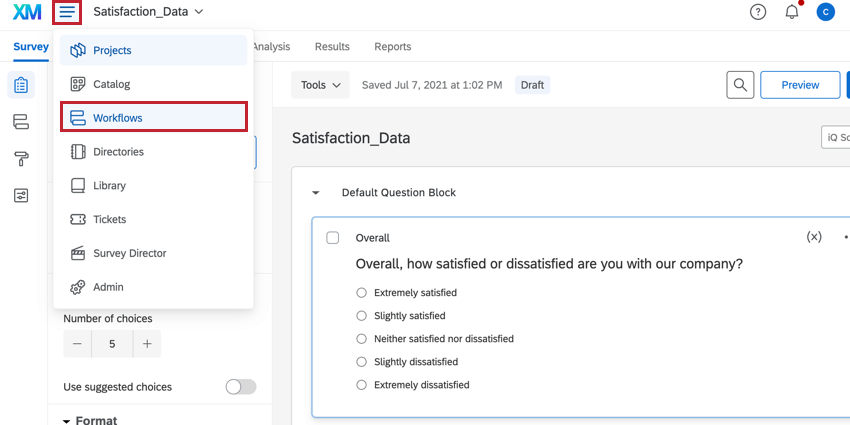

Replica of the Precise code is broadcast on the second frequency called L2. This signal undergoes spread spectrum modulation technique that basically consists of a carrier signal that is repeatedly inverted having 180ᶿ phase shift. The primary signal is broadcast on L1 and is modulated with two information signals called C/A (Coarse and Acquisition code) and P (for Precise code). The GPS satellites which orbit the Earth twice a day transmits or broadcast signals on the same two frequencies called L1 and L2. 3 – Trilateration Principle Pseudorange Calculation Precision increases with increase in the number of satellites in the vicinity.įig. The receiver determines the 3-D position (latitude, longitude and altitude) of the point of interest with the information from the fourth satellite. The fourth satellite is used to re-confirm and enhance the position of the point of interest(Receiver). Where Travel Time is the time taken by the signals to reach the receiver, which travels at the speed of light and the distance measured helps to locate the point of interest (User) on the face of Earth. The distance is measured using the equation: Adding data from a third satellite provides more accurate position of the point. This will be the point where the two areas of satellite data overlap. Data from a second satellite, when added to this information, allows the Global Positioning System to narrow the location. This location information is spread over a large area. A single satellite tracks a general location of the point of interest on the Earth’s surface. To calculate the 2-D position (latitude and longitude) of a point of interest or track movement, a GPS receiver must be locked on to the signal of at least three satellites.
#GLOBAL NAVIGATION PRINCIPLE APP PC#
The User Unit is the term given to all GPS receivers like mobile phones, laptops, PC or any other device. Global Positioning System (GPS) Receiver (User) Segment They are sent back through ground antennas. These signals are then sent to the master control station where operational specifications are checked and revised before transmitting the control signals back to the GPS satellites. The monitor stations monitor the GPS satellite signals. The Control Unit consists of several monitoring and control stations. Global Positioning System (GPS) Control Segment

The function of the satellites in space is to route or navigate the radio signals received from the control unit to store and re-transmit the message to the respective Receiver Unit. The Space Unit consists of 24 active satellites which are assembled with huge solar panels with rechargeable batteries that act as a power source.

The Architecture of Global Positioning System consists of three segments or units namely: 1 – Introduction to Global Positioning System (GPS) Global Positioning System (GPS) Architecture

It helps military and civilian users have critical advantage with continuous real time and 3-dimensional positioning data.įig. Global Positioning System (GPS) is also used for navigation in planes and ships. Department of Defence (USDoD) had originally put the satellites into orbit for military use but made them available for civilian use in the 1980s. This system is largely available in all parts of the world, 24 hours a day. This system is made up of around 29 satellites which are located nearly 20,000 km above the Earths surface and operates in all weather conditions. The receivers interpret the information transmitted from the satellites to identify the locations on earth accurately. GPS is a positioning system that is based on a network of satellites that continuously transmit coded information through radio signals. Let it be Google Map or any other GPS based navigation system, we are heavily dependent on it. This post will discuss what is Global Positioning System, its architecture, working principle, future of GPS, applications, advantages and disadvantages. It has become an inseparable part of our life. Most of us use Global Positioning System (GPS) every single day.


 0 kommentar(er)
0 kommentar(er)
